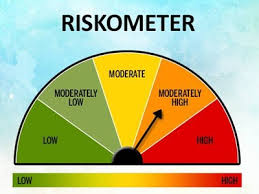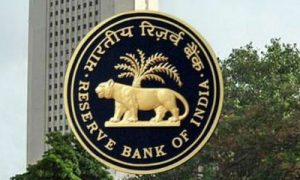In order to make investors aware of potential risks in mutual fund schemes, especially after Franklin Templeton Mutual Fund closed six of its debt schemes in April citing severe redemption pressure and illiquidity in the bond markets, the market regulator has modified the product labeling requirements or risk-o-meter. It will be evaluated on a monthly basis and asset management companies have to disclose the risk-o-meter along with portfolio disclosure for all their schemes on their website and on the Association of Mutual Funds in India’s (AMFI) website within 10 days from the close of each month.
The modified risk-o-meter will help the investor to make a more informed investment decision as the risk that a fund carries needs to be aligned to the risk profile of the individual investor. The risk-o-meter will look into three parameters each for fixed income and equities. For debt portfolios, each security will be given a score for credit risk, interest rate risk and liquidity risk. Similarly, for equities the score will be based on market capitalisation, volatility and liquidity risk. The final score for both debt securities and equity-related instruments will be the average of the three risks.
Now, there will be six levels of risk for mutual fund schemes: low risk, low to moderate risk, moderate risk, moderately high risk, high risk and very high risk. The Securities and Exchange Board of India (Sebi) has underlined that the mutual funds will assign risk levels for schemes at the time of launch of scheme or new fund offer. Any change in risk-o-meter will have to be communicated to the unit holders through notice and an e-mail or SMS. Fund houses will have to disclose the risk level of schemes as on March 31 of every year, along with the number of times the risk level has changed over the year, on their website and AMFI website.
Debt portfolio
Based on the weighted average value of each instrument (weights based on the assets under management) , the credit risk value of the portfolio will be assigned. The price of the debt instrument will be considered for calculating AUM and shall include the accrued interest. For measuring liquidity risk of the schemes, listing status, credit rating, structure of debt instruments will be considered by the fund houses. Sebi has clarified that the risk value for the debt portfolio will be a simple average of credit risk value, interest rate risk value and liquidity risk value. However, if the liquidity risk value is higher than the average of credit risk value, liquidity risk value and interest rate risk value then the value of liquidity risk will be considered as risk value of the debt portfolio
For investment by AMCs in instruments having short-term ratings, the liquidity risk value and the credit risk value will be based on the lowest long-term rating of the instrument of the same issuer across credit rating agencies. In case, there is no long-term rating of the same issuer, then based on credit rating mapping the most conservative long-term rating will be taken for a short-term rating.
Equity portfolio
The market capitalisation data as published by AMFI on a six-monthly basis will be considered by fund houses. For volatility, if an instrument is traded on multiple stock exchanges, then the most conservative volatility value across stock exchanges for a given month will be taken. Impact cost shall be considered as a measure for liquidity. Based on weighted average of impact cost values of each security, impact cost value of a portfolio will be assigned. If an instrument is traded on multiple stock exchanges, then impact cost shall be based on the average value of impact costs across stock exchanges for a given month. Investment by schemes in foreign securities will be valued as seven from a risk perspective.
Analysts say investors must analyse the risk-o-meter before investing in any scheme and understand their risk appetite. As equity-related investments are volatile and even investment in fixed income schemes have become risky, they must look at all the parameters before investing in any mutual fund scheme.





































